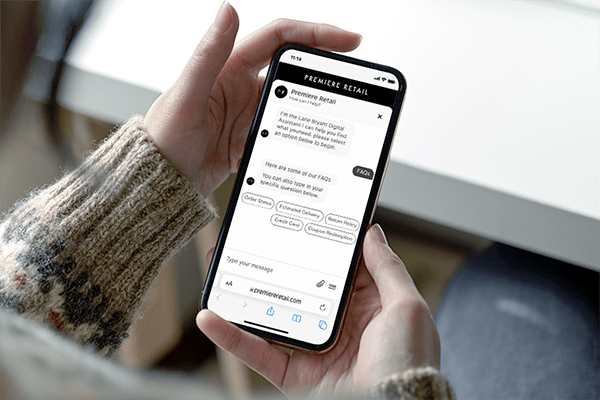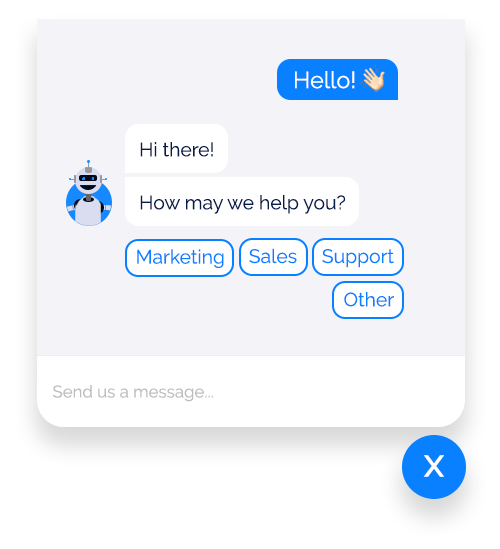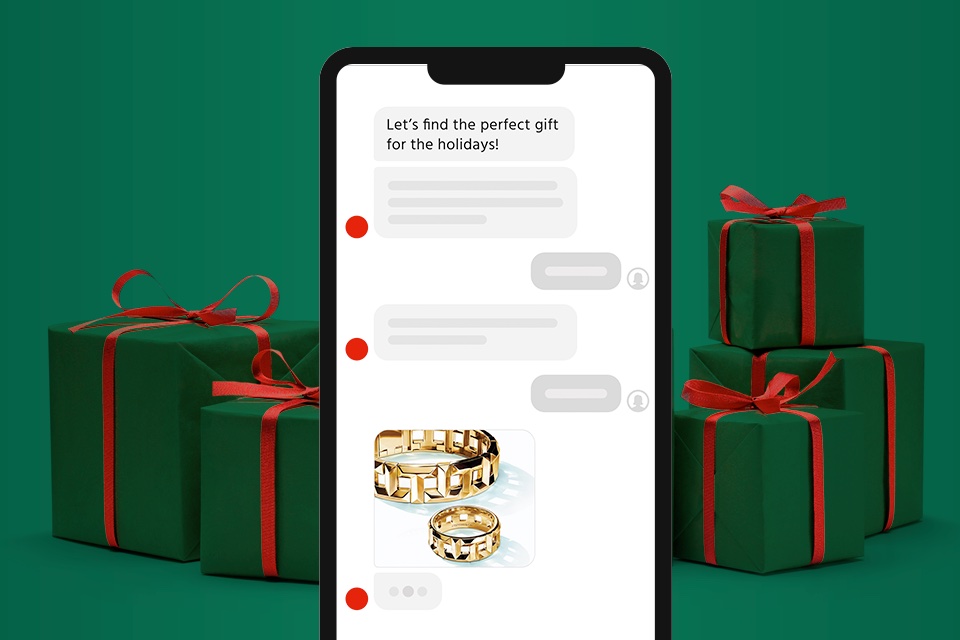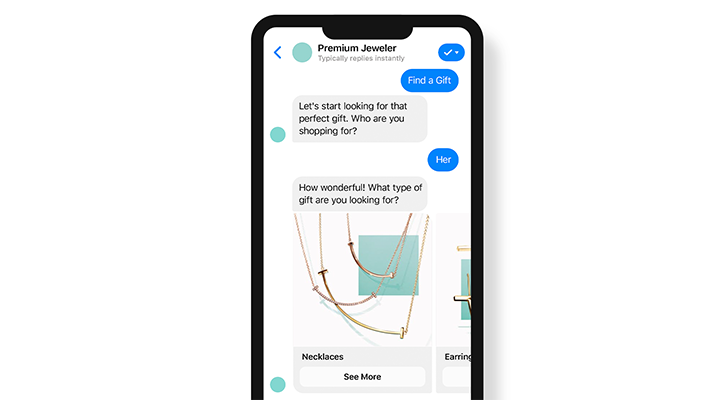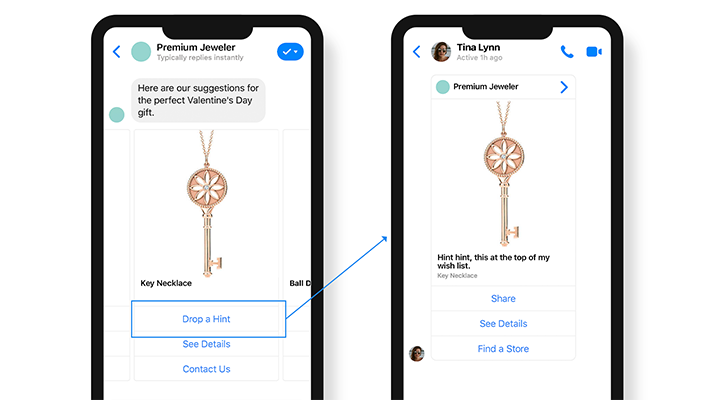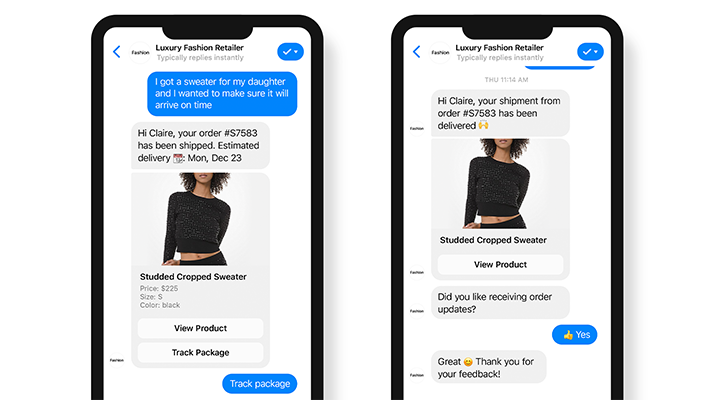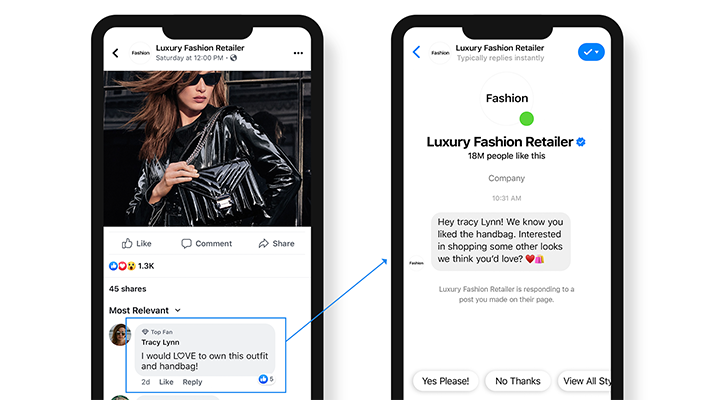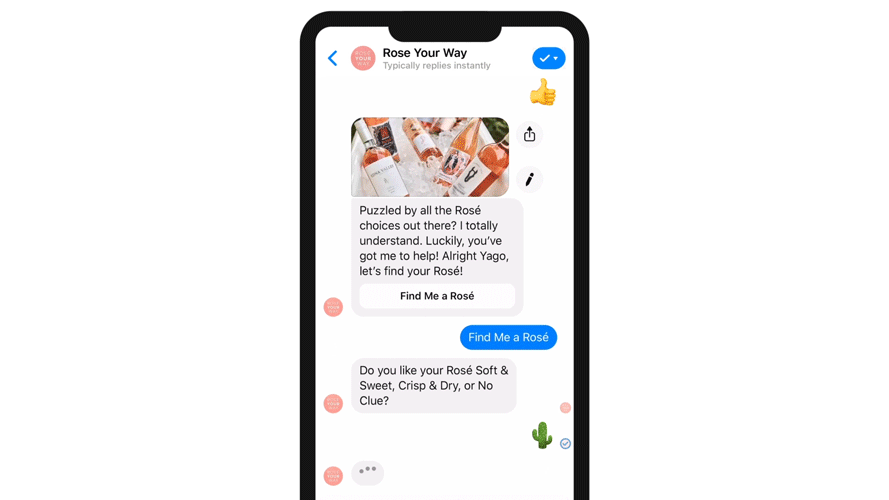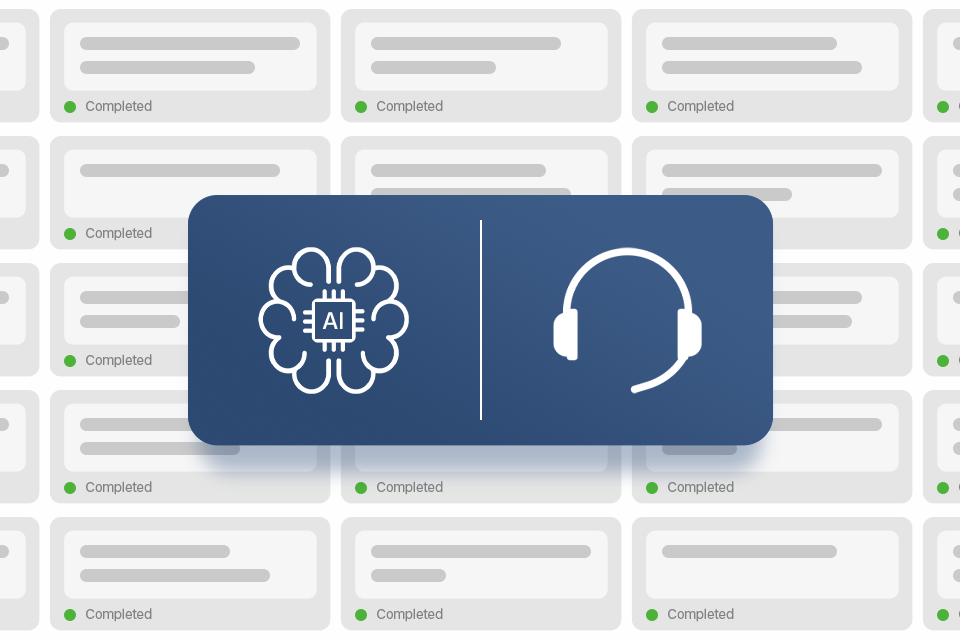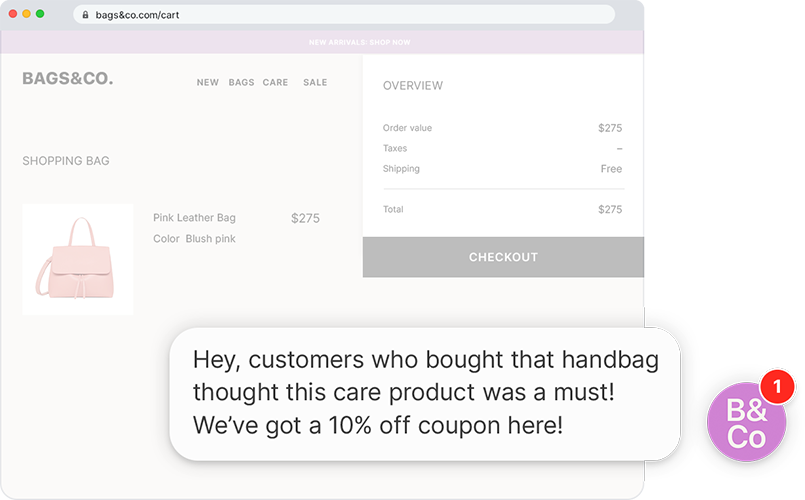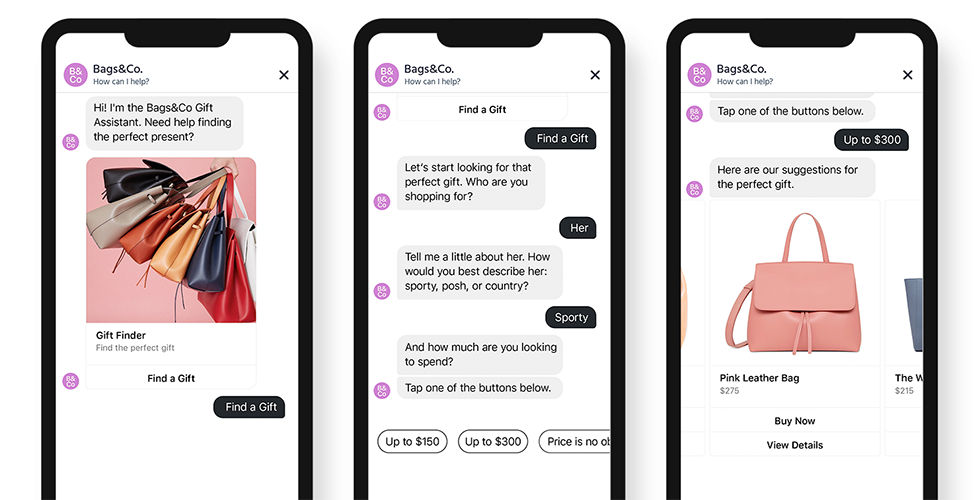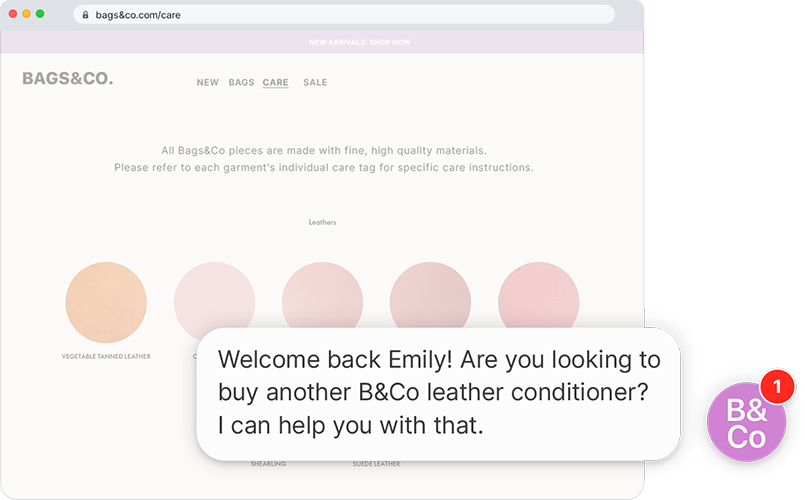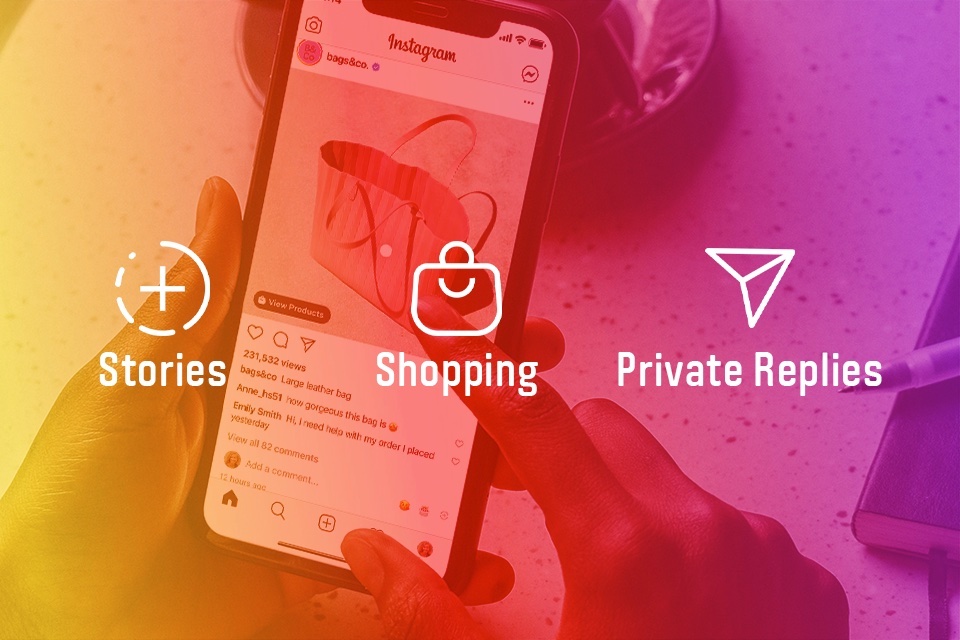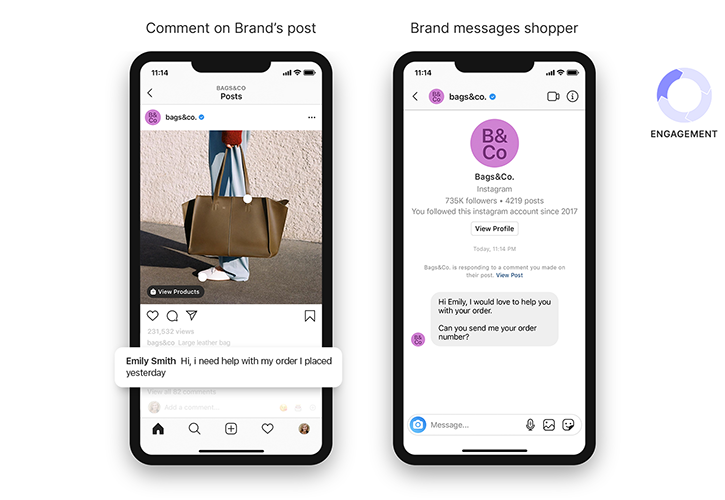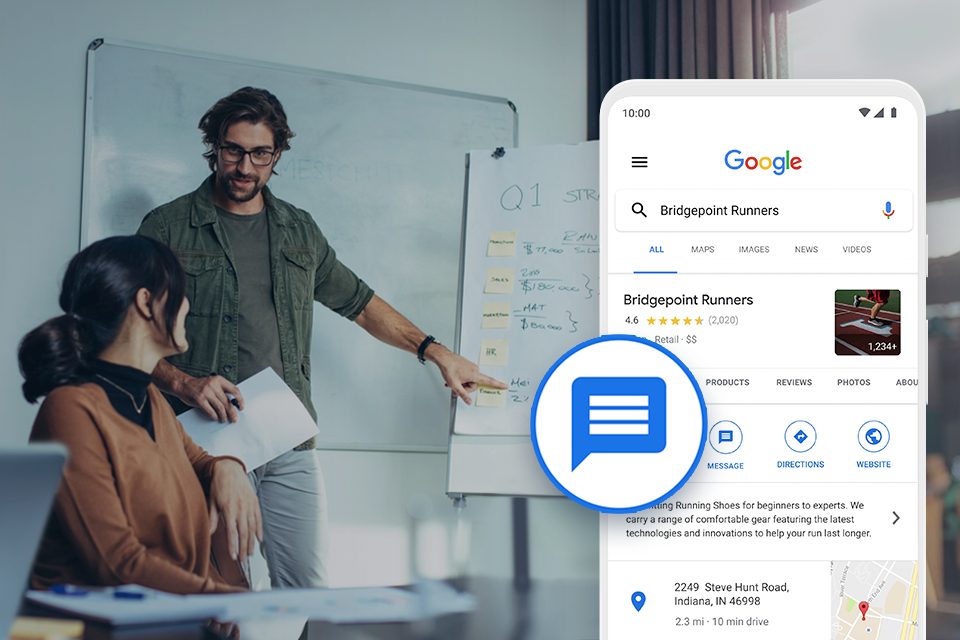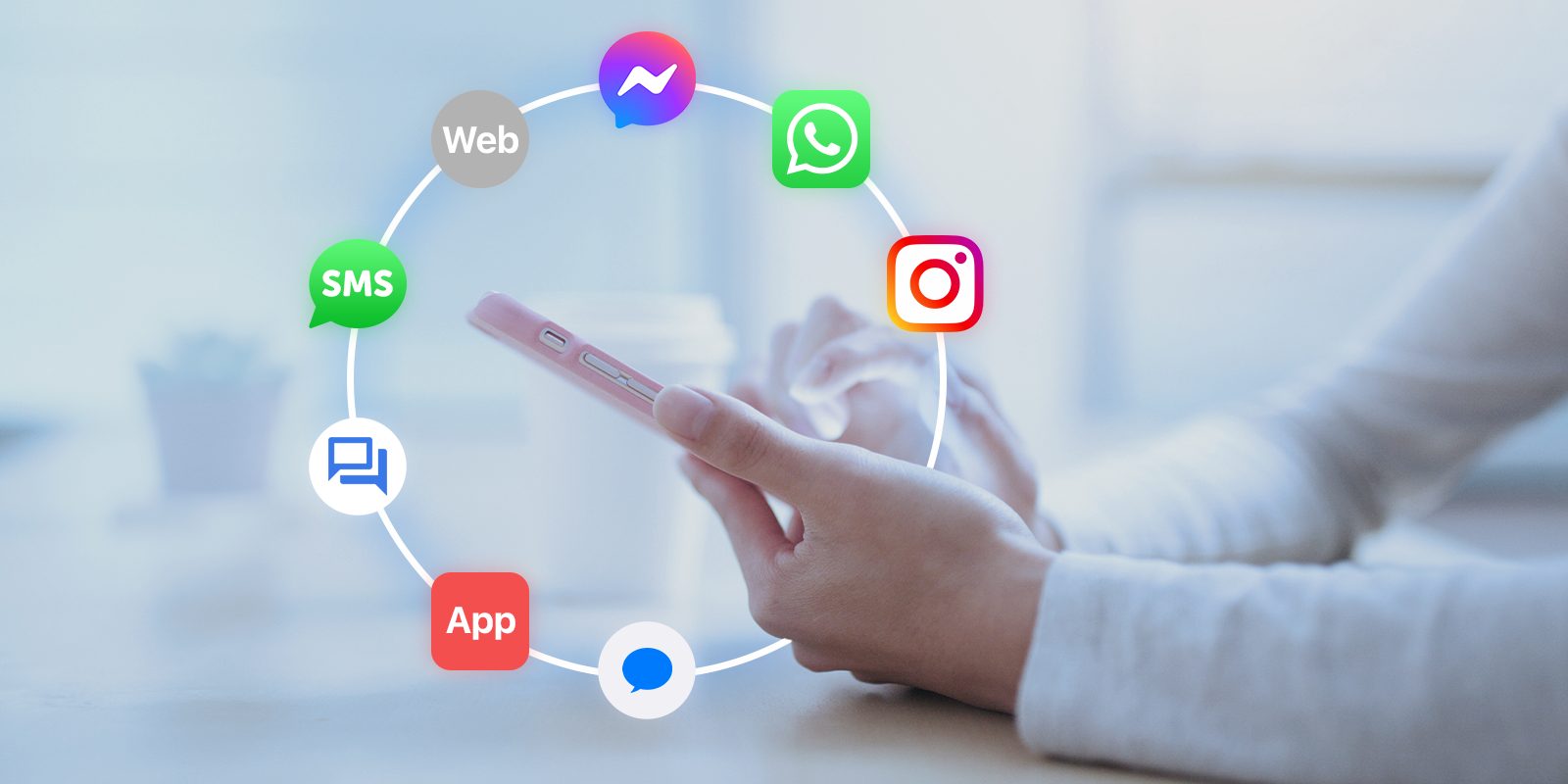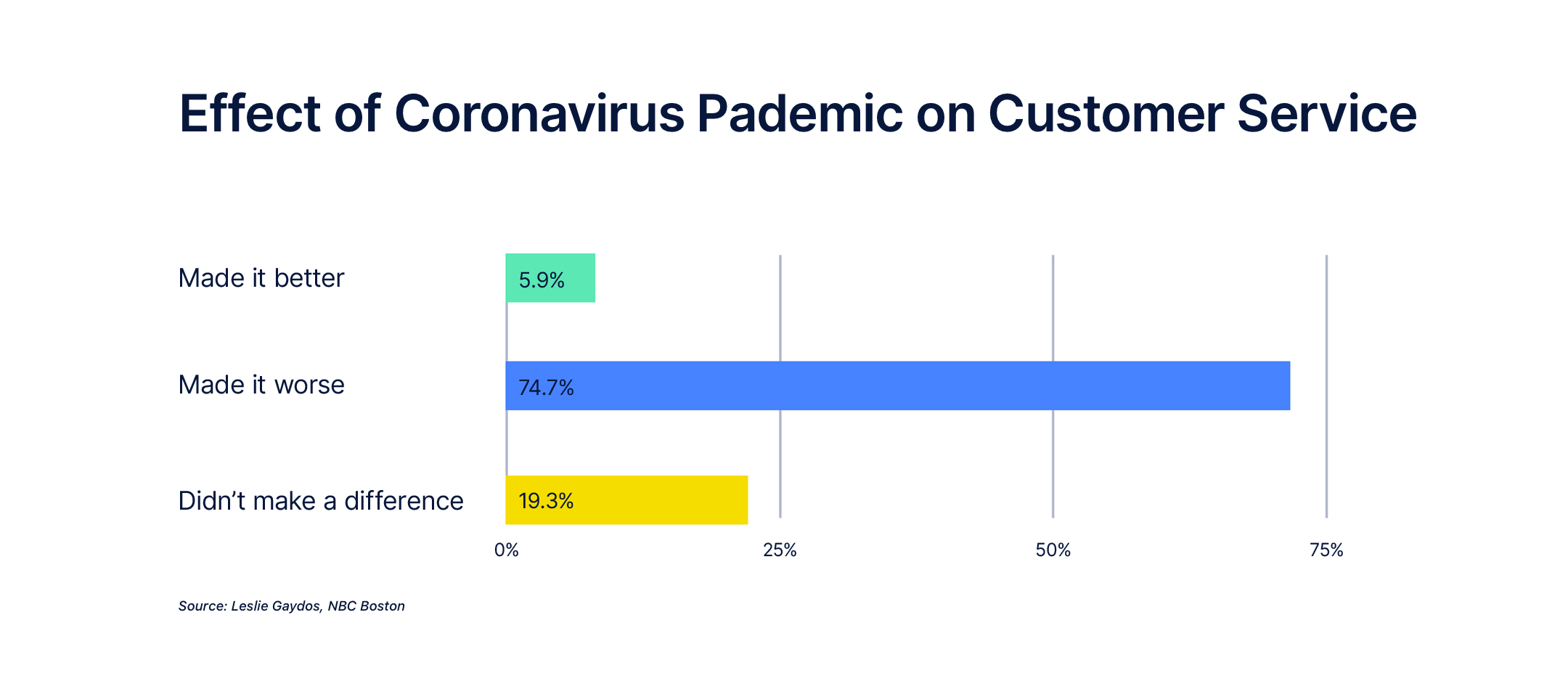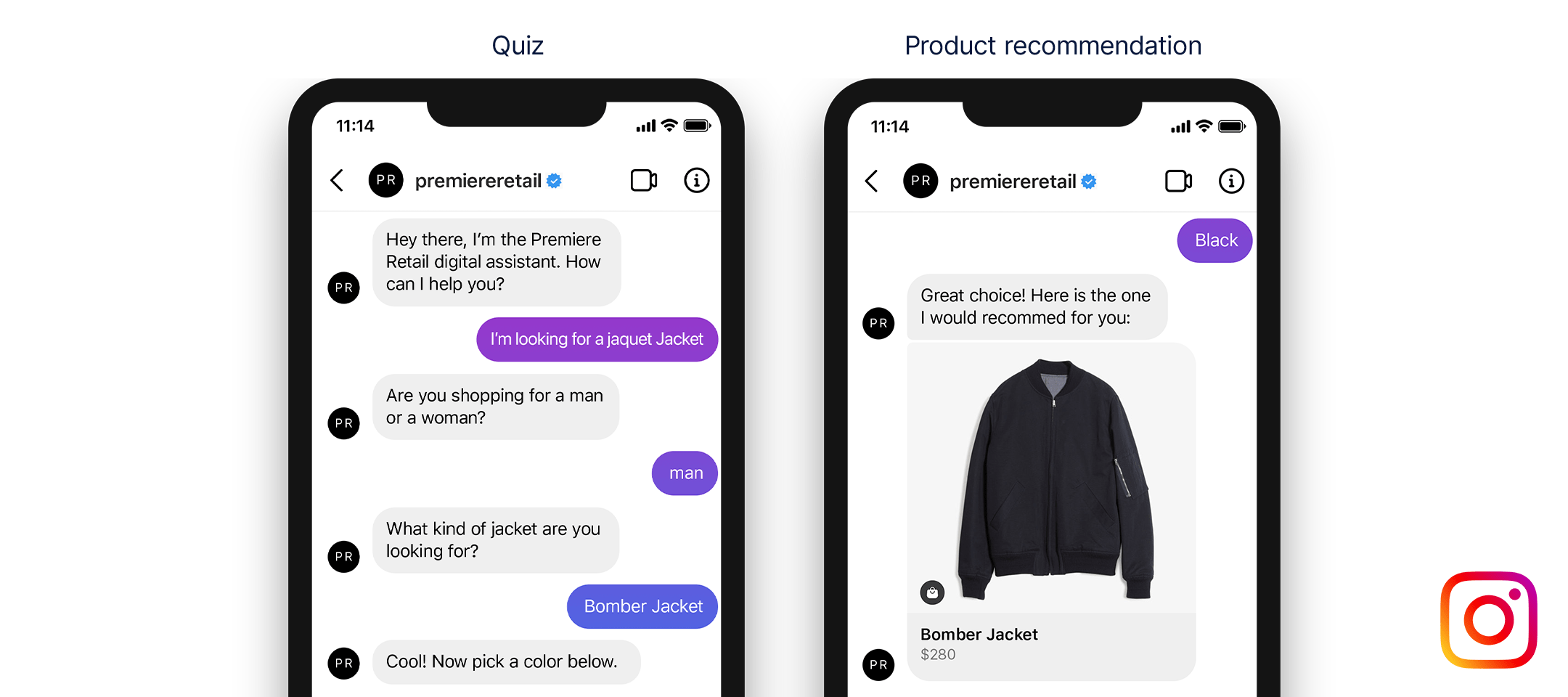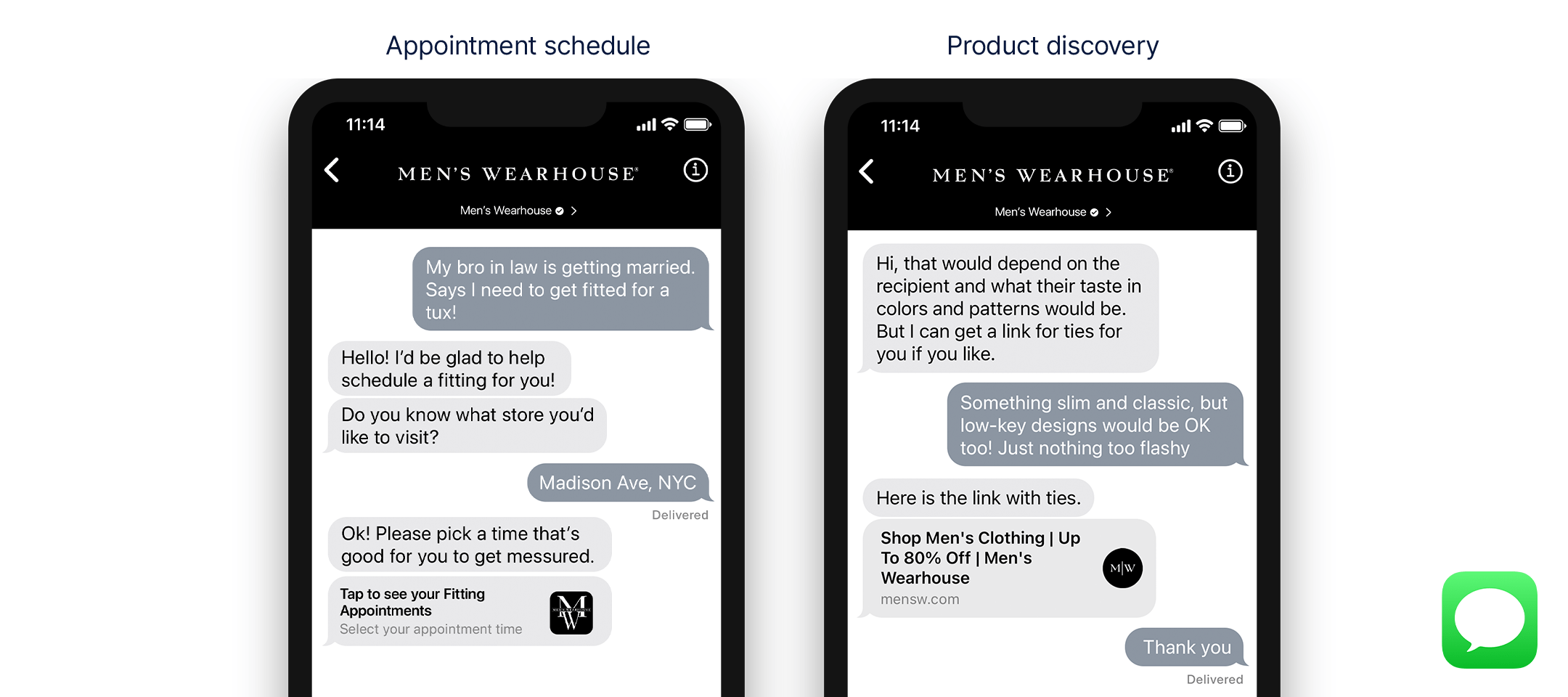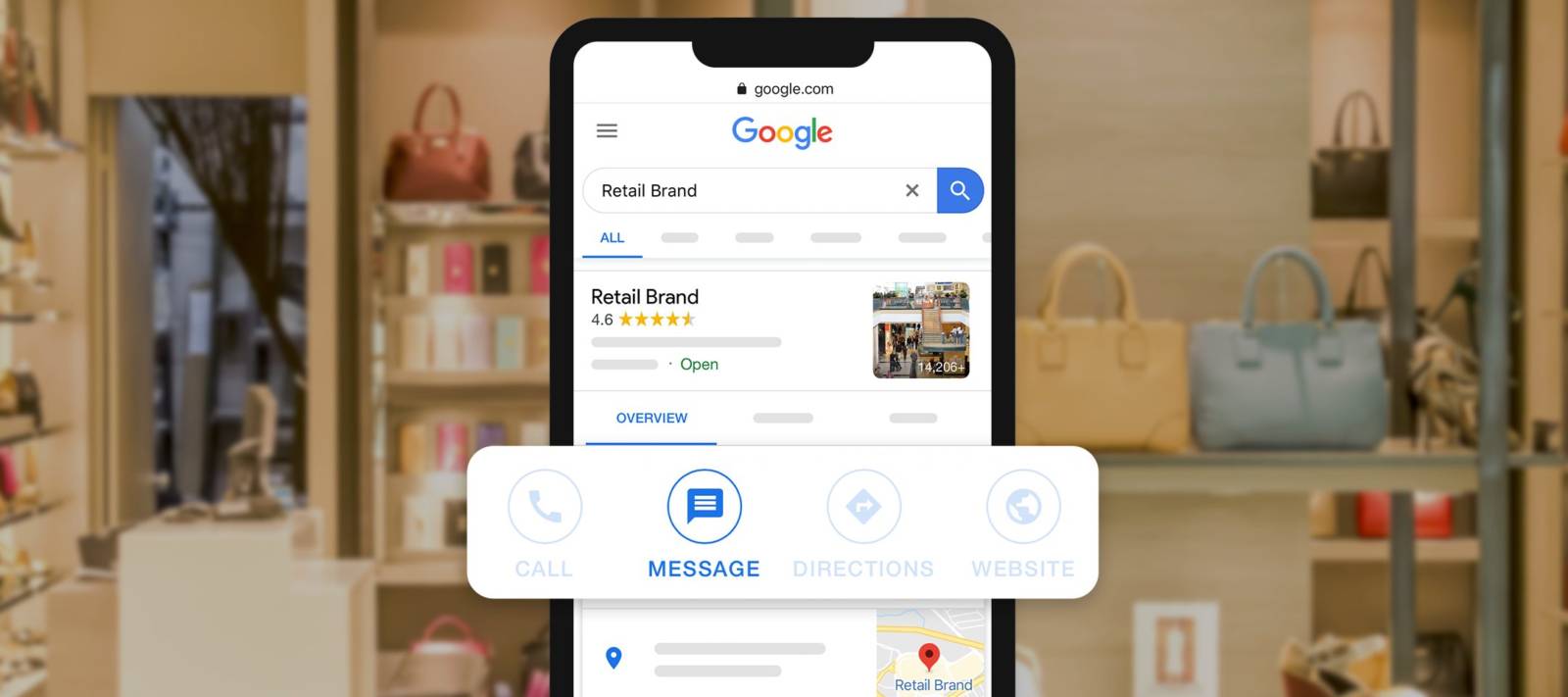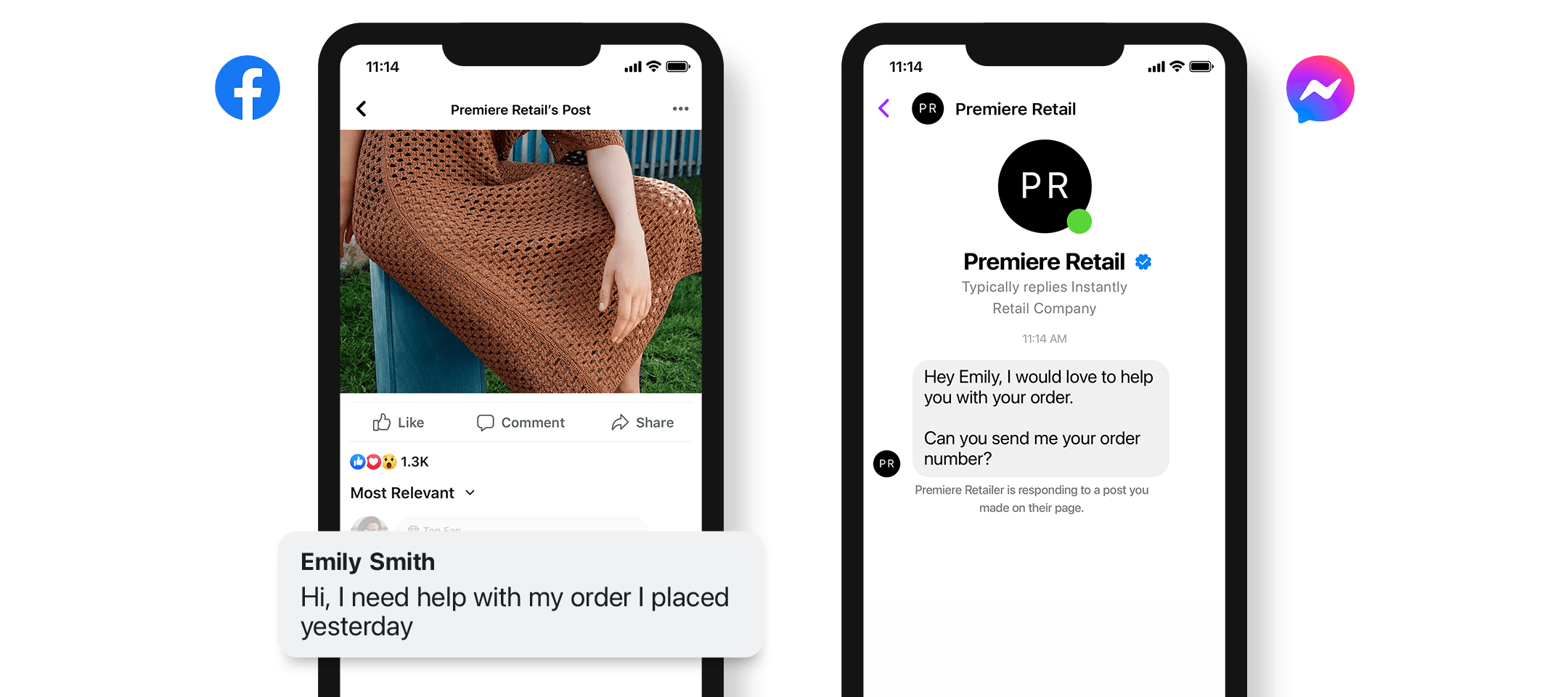We know consumers are shopping online more often than ever before and using mobile phones to do it. When Americans were surveyed in 2019, it was estimated that approximately all of them (96%) own a cell phone, and three-quarters (76%) use it to make purchases.
Though we’ve come to take this state of affairs for granted, the adoption and growth of cell phones in such a short time is astonishing. Smartphones followed soon after, and with that, consumers began communicating more than ever through text messaging and via social channels like Facebook. It wasn’t long before businesses started taking advantage of those communication preferences.
If your company isn’t seizing the opportunity represented by texting customers, you’re missing out. When you send a text message to customers, it can be personalized, easy, and fast, making this method the way consumers expect to be able to find answers and ask questions.
In what follows, we’ll flesh out and defend this claim, providing tips for texting customers effectively along the way. Let’s get going!
What is Business Texting for Customer Service?
Not so long ago, phone support, email, and web chat were the norm in how businesses and customers communicated. But these channels have largely given way to text messaging, which is why more and more businesses have made texting customers one of the pillars of their customer outreach strategy.
The reason behind this shift is straightforward: messaging is already the preferred method of communication for customers and most employees. Both parties are already comfortable with the channel because they frequently use it themselves, and unlike emails, text messages are almost always read and replied to.
There are, in other words, plenty of reasons why customers want to text you. Texting provides options, fits more seamlessly into our increasingly busy lives, is naturally less formal than a phone call or email, and can be handled asynchronously. What’s more, with today’s new large language models, personalization can now be done at scale, and an AI assistant is always available, day or night.
Is SMS or Rich Messaging Better for Texting Customers?
One small nuance that’s worth addressing is the differences between old-fashioned short message service (SMS) and rich messaging. When text messaging was first introduced, it was done with SMS. As its name implies, this approach was limited to sending relatively short messages consisting only of text.
As the ubiquity of smartphones grew, so did the range of messages customers wanted to send, leading to the far more expansive ‘rich’ messaging. Rich messaging supports emojis, buttons, video and audio, product cards, and more.
Rich messaging has become the de facto standard, so if you think you should be texting customers more often, you’ll probably have to do it with rich messaging.
4 Best Practices for Texting Customers
Now that we’ve explained a bit about why sending text messages to customers makes good business sense, let’s make sure you know how to do it effectively. In the next few sections, we’ll discuss some of the general best practices for texting customers.
1. Be Conversational (and Professional)
First, strive to strike a balance between being professional and being conversational. People expect texting a business to be more professional than texting a friend, of course. But we live in a relatively informal age, and text messaging gives businesses more interesting, less stuffy ways to engage with customers. Emojis, for example, add personality and make conversations livelier.
All of this is made possible through rich messaging, which we briefly discussed above. Rich messaging is what powers the interactive buttons, images, carousels, and other elements that make Apple Messages for Business and WhatsApp so delightful. This fosters a superior customer experience in part because it’s just more enjoyable to consume and respond to these rich messages, but also because it helps customers get what they want faster and more easily.
As a matter of policy, it’s probably wise to identify and approve a set of emojis your contact center agents or AI assistants are allowed to use. This is a policy that must be set in the context of a brand’s voice and tone, which is critical to delivering a consistent customer experience.
Then, text messages are uniquely well-suited for two-way conversations, so make sure your text messages are set up for that. When texting, customers expect to be able to reply back. After all, a conversation is not very useful if it’s only one-sided.
2. Be Timely and Consistent
Customers will text your contact center for help with a variety of issues, so make sure you have policies and procedures in place to answer promptly. Text messaging enjoys the advantage of being asynchronous–meaning conversations can be paused and restarted by either party at will–but customers will still expect you to get back to them quickly.
To expand on this point a bit, text messaging is very convenient for customers and (in a different way) for agents. A customer can fire off a text asking about returning an item (or something similar), then drop their kids off at school, then reply to your agent, then pick up their dry-cleaning, and so on.
On your end, however, you should treat these incoming messages with the urgency you would show for any other communication channel.
Now, having said that, text messaging offers benefits to agents as well. They may need to reply quickly, but they can also juggle a number of conversations at the same time in a manner not possible with a phone call. This means more issues shipped, a reduced average handling time, and improved customer satisfaction.
3. Personalize Your Replies with Generative AI
Alright, now we turn to the big opportunity in customer experience: generative AI. If you’re like us, it was pretty much immediately obvious that LLMs like ChatGPT were going to have a profound impact on our industry, and this intuition has been borne out by the evidence. LLMs can automatically resolve many issues, especially fairly routine ones, without the need for a human agent to intervene at all.
They also excel at personalizing content to individual customers at a scale inconceivable just two years ago. Machine-based personalization isn’t new; you’ve surely noticed how Spotify and Netflix both learn what you like and offer uniquely tailored recommendations, for example.
Until generative AI, however, personalizing a text message to customers could only be done by a human being. But now, models can leverage retrieval-augmented generation to reply in customer-specific ways–by pulling content from a knowledge base or answering a question about returns by looking at purchase dates stored in a database, for instance.
4. Make It Easy to Opt-In or Out of Texts
Finally, you should make it as easy as possible for clients to choose whether they want to continue receiving text messages from you. Customers may get a lot of value from texts about promotions, order status, and appointment reminders, but they’ll get fatigued if you bombard them with excessive or unwanted messages.
It’s worth pausing for a moment to be more explicit about the differences between inbound and outbound messages here.
For outbound messages (to customers), brands need to collect explicit customer permission for each of their use cases. If a customer grants permission to receive outbound messages for order updates, that permission can’t then be used for promotions or other use cases as well.
For inbound messages (from customers), the most important thing is that customers be able to easily send a message when they’ve got a question. These will often be related to an initial outbound message, such as when an order was delivered and the customer messages to ask how to initiate a return or assemble the item. There’s no opt-in requirement in this scenario, but, as with outbound messages, you shouldn’t take that as carte blanche to send endless text messages to customers.
Ensure your messages are relevant, not spammy, and let customers control the quantity.
Final Thoughts on How to Text Message Customers
Conversational AI platforms for CX, like Quiq, make it easy to build better connections by texting customers. Learn more about how Quiq enables SMS here, and get started today with this powerful communication channel!

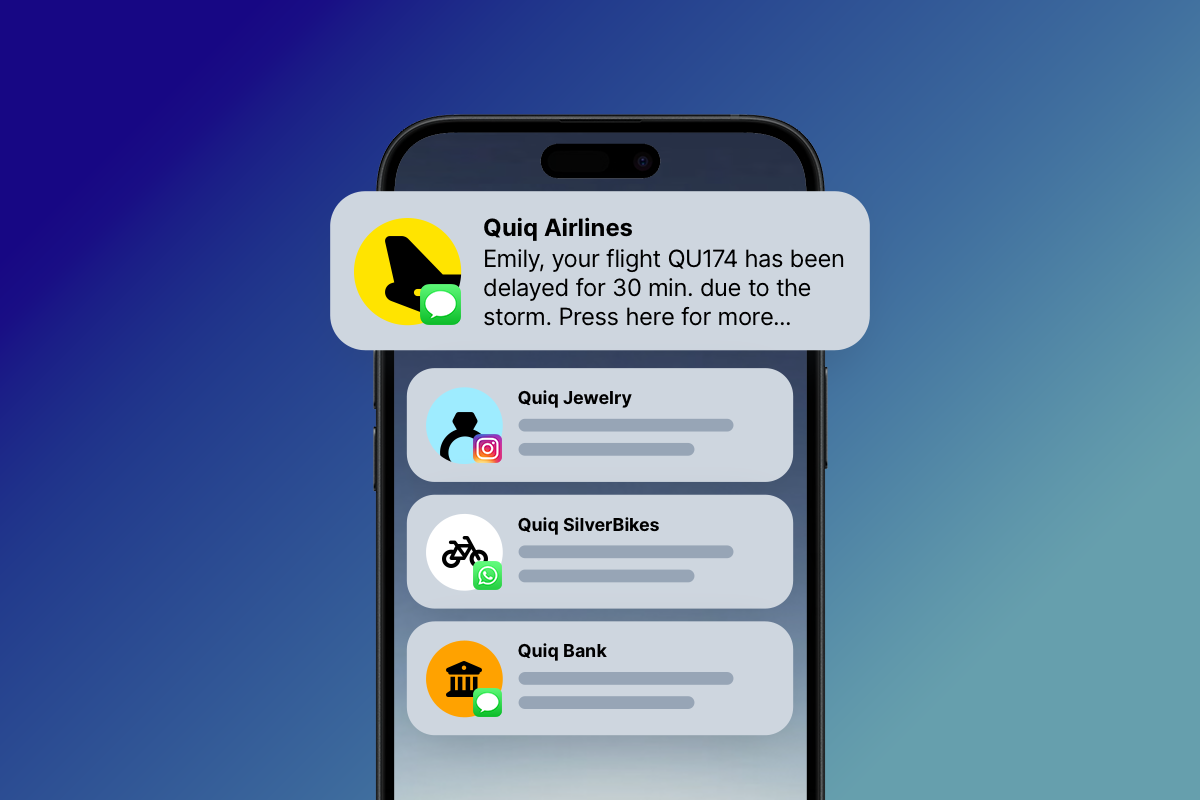

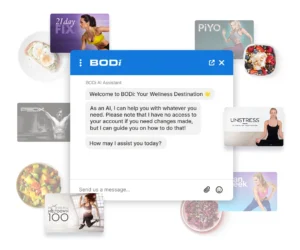




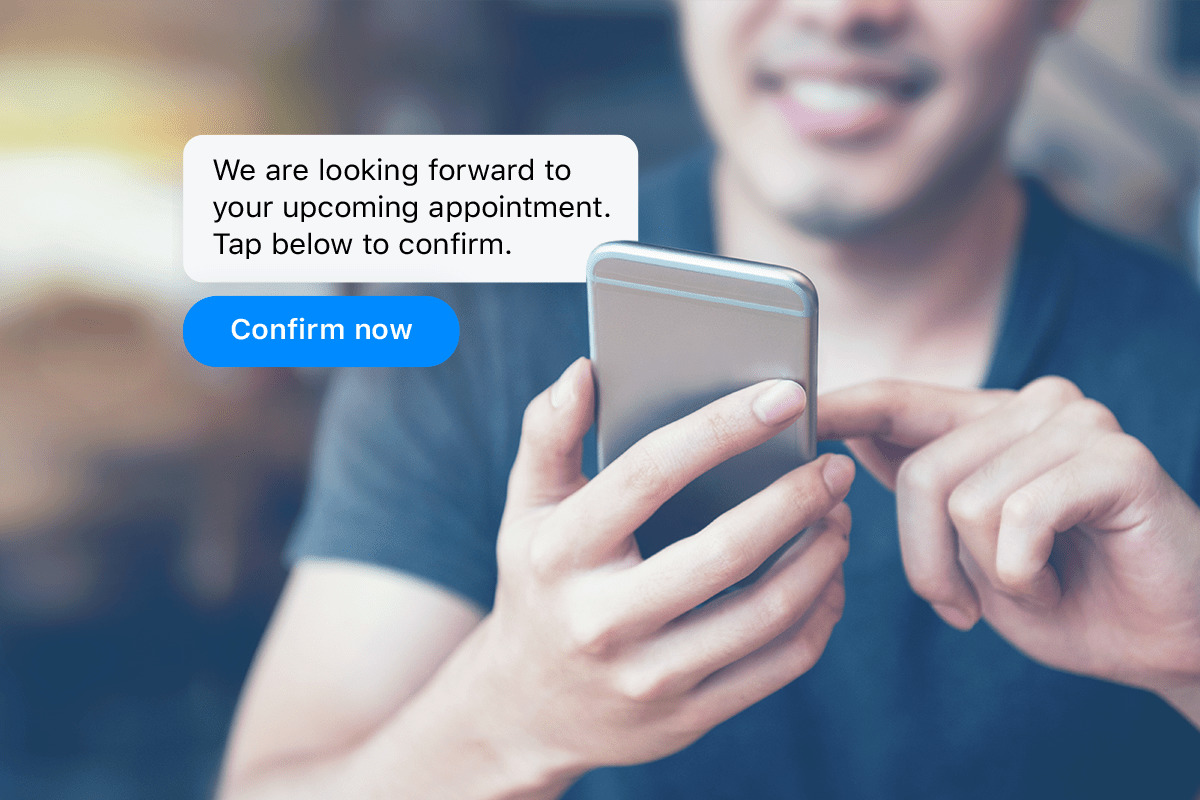
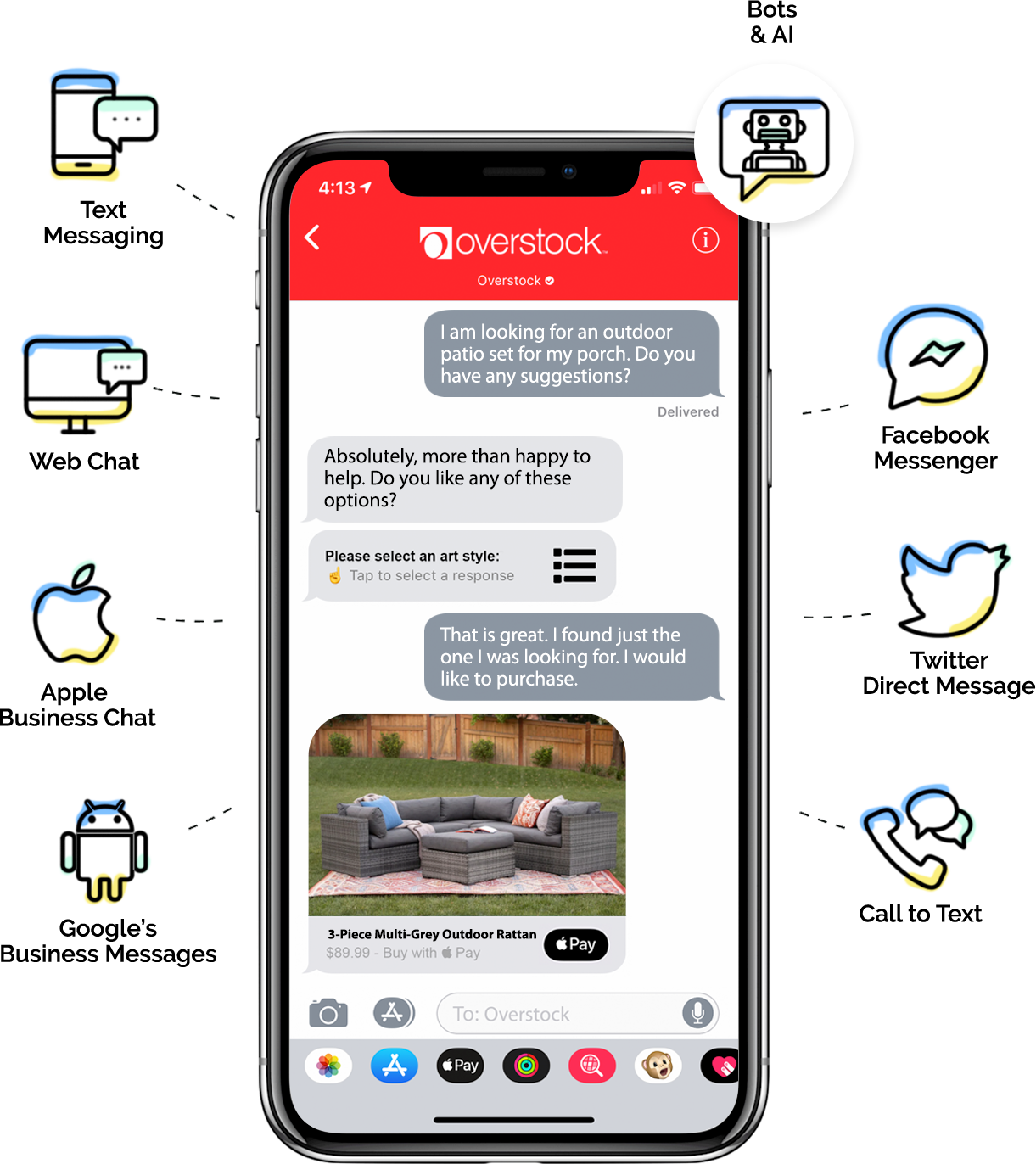 Emails get buried, hidden in other tabs, lost in spam folders. Facebook can go unchecked. Voicemails ignored. But there’s one channel your customers are sure to notice: Their text messages.
Emails get buried, hidden in other tabs, lost in spam folders. Facebook can go unchecked. Voicemails ignored. But there’s one channel your customers are sure to notice: Their text messages.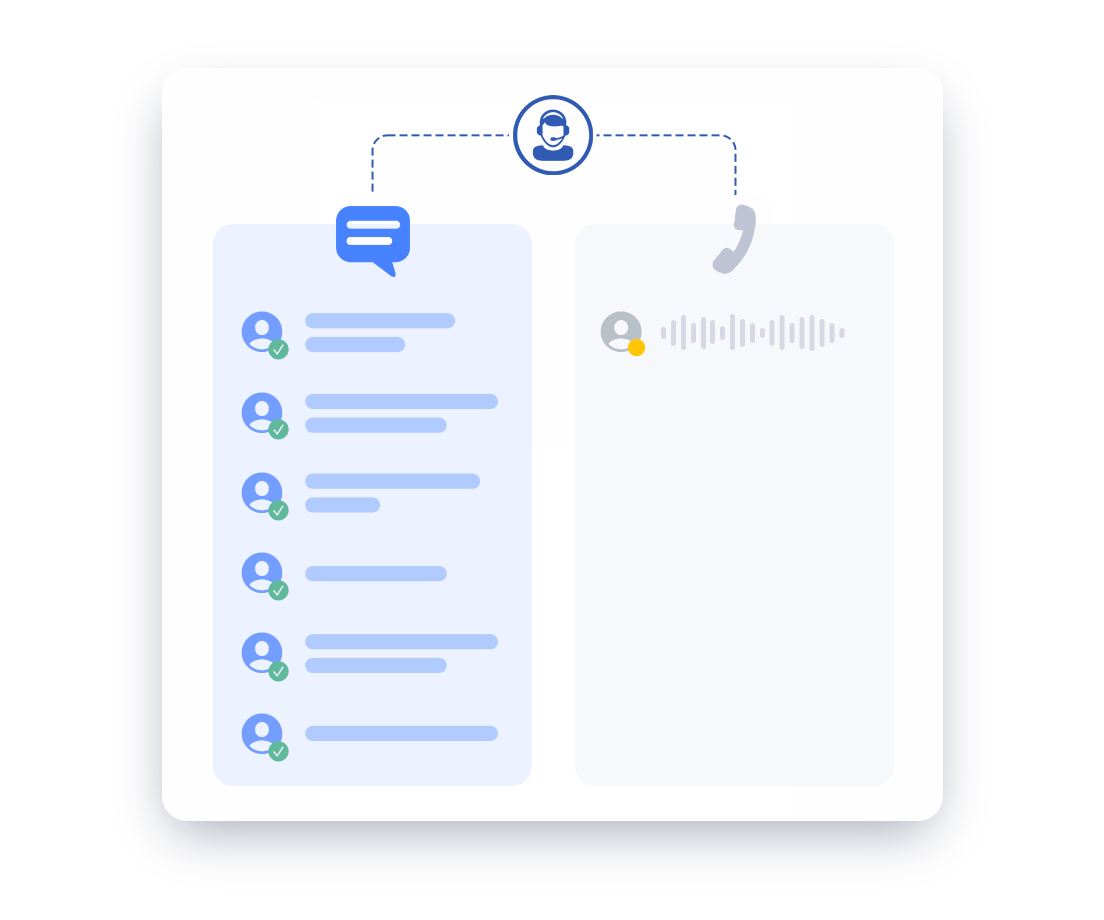 Business text messaging isn’t just good for your customers. Your customer support agents benefit, too.
Business text messaging isn’t just good for your customers. Your customer support agents benefit, too. Convert calls to text: Increase efficiency and customer satisfaction by converting phone calls to text messages. Customers can opt-out of long wait times and get their problems solved faster.
Convert calls to text: Increase efficiency and customer satisfaction by converting phone calls to text messages. Customers can opt-out of long wait times and get their problems solved faster.